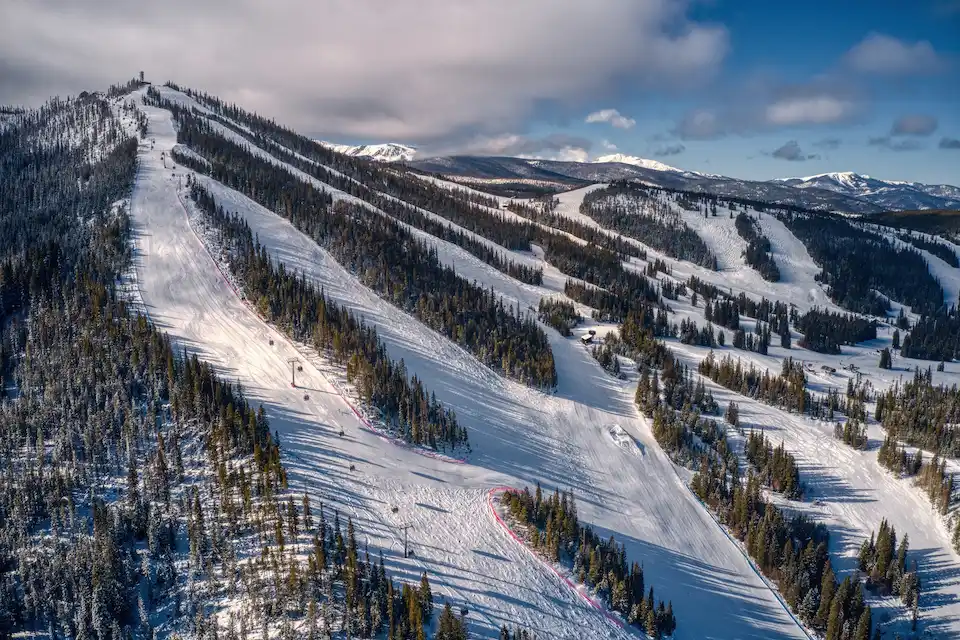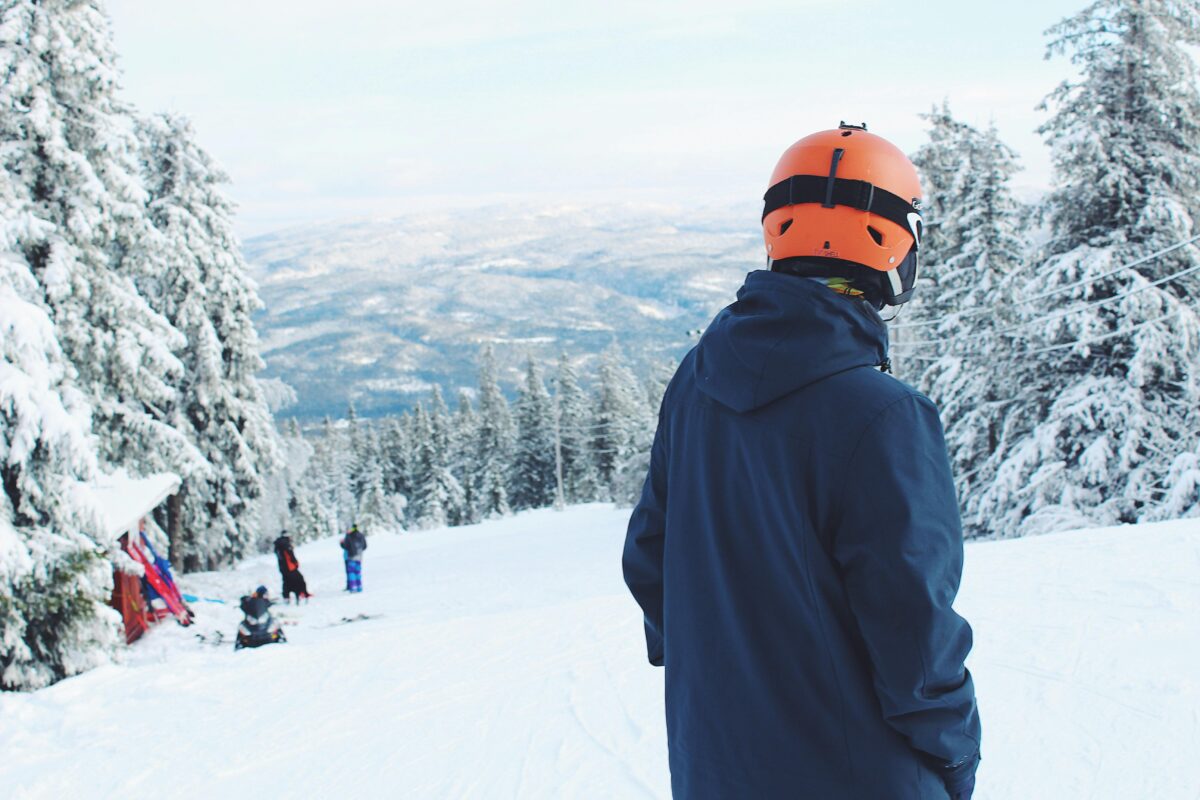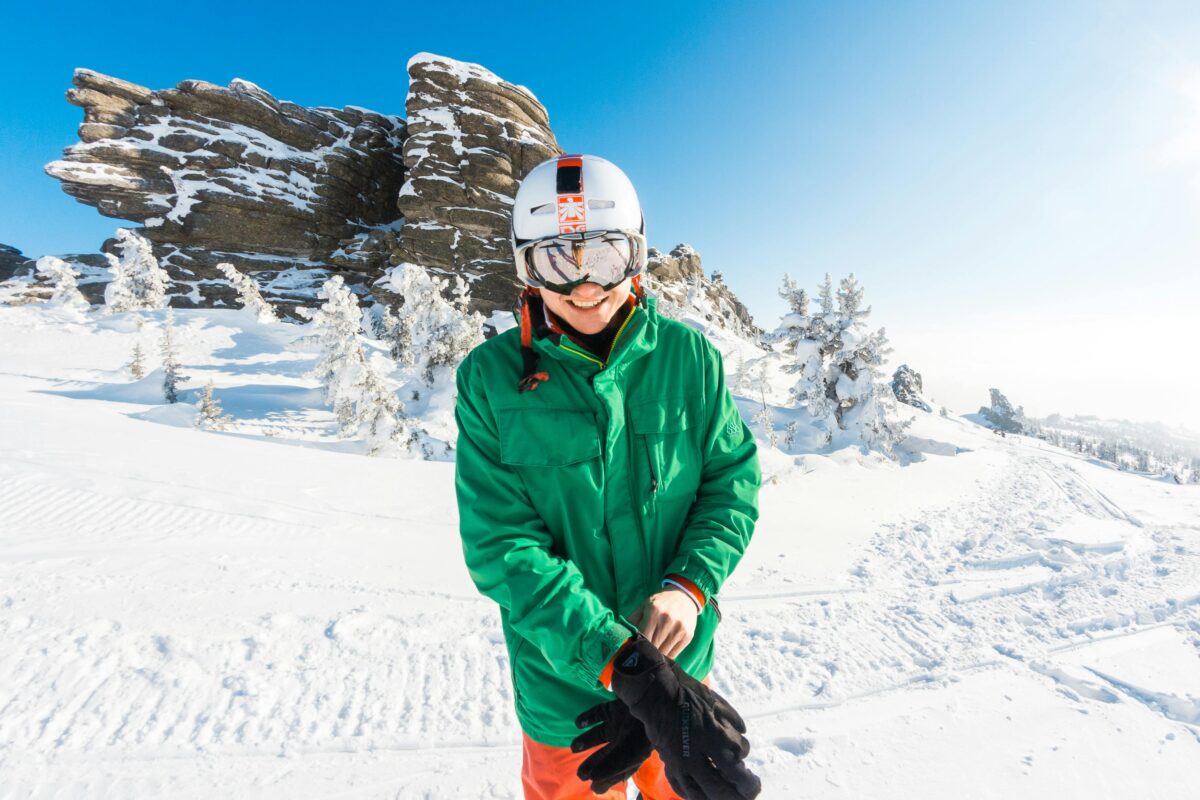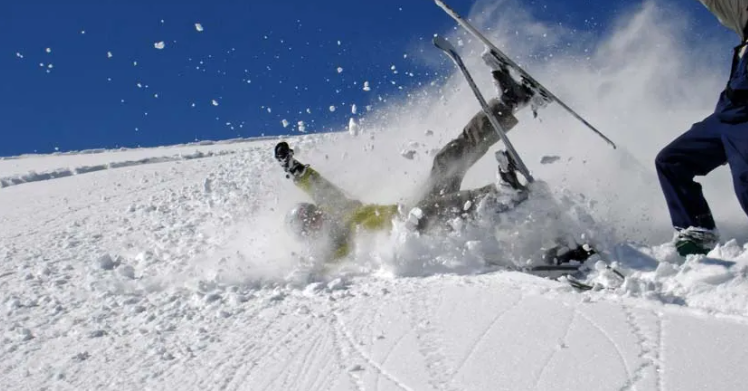Colorado Ski Season 2024–25: A Deep Dive into Safety, Legal Battles & Mountaintop Trends
Colorado’s 2024–25 ski season was defined by record crowds, sobering accidents, high‑stakes litigation, and mounting public scrutiny of the state’s mountain operators. As resorts and roadways struggled under the pressure of ever‑increasing skier volume, safety advocates and lawyers questioned whether the industry is keeping pace.
Key Takeaways
- Fatalities while skiing and boarding dipped slightly to 13, but Colorado’s death rate remains nearly double the national average.
- Slope-related injuries remain underreported, though trauma centers saw high volumes of serious cases.
- Ski traffic hit record highs, with 13.8 million visits and severe I-70 congestion on peak days.
- Epic and Ikon passes continue to shape crowd patterns, with Epic resorts facing more backlash.
- The Colorado Supreme Court ruling weakened blanket waivers, increasing resort liability exposure.
- Lift safety failures, like the Zendo chair incident, are now central to ongoing litigation.
- Guest frustration is rising, prompting public apologies, new reservation systems, and possible legislative action around lap-bar use.
- Climate variability and crowd control clashed, as resorts struggled to balance access and terrain safety.
A Snapshot of Safety on the Slopes
Lives Lost, But Slightly Fewer Than Last Year
At least 13 fatalities—8 skiers and 5 snowboarders, aged 20 to 76—occurred at Colorado ski areas during the 2024–25 season. Most incidents happened on groomed intermediate terrain during high-speed crashes or collisions. Additionally, two individuals suffered fatal heart attacks, and another suffocated after tumbling into deep snow.
While tragic, this death toll was an improvement on the 15 deaths recorded in the 2023–24 season, and well below the 22 fatalities in 2011–12, Colorado’s deadliest season on record. However, the state’s rate—about 1 death per million skier visits—remains nearly double the national average of roughly 0.58 per million.
Hidden Harm: Non-Fatal Injuries
Resort operators typically do not publish detailed injury statistics. Still, trauma centers across Summit, Eagle, and Pitkin counties treated hundreds—likely thousands—of accident victims, including broken bones, ACL tears, and concussions. Notably, Summit County saw at least three snowboarders die days after crash-related injuries—a stark reminder that not all ski injuries turn fatal immediately.
A Mountain of Skier Visits—and Gridlock
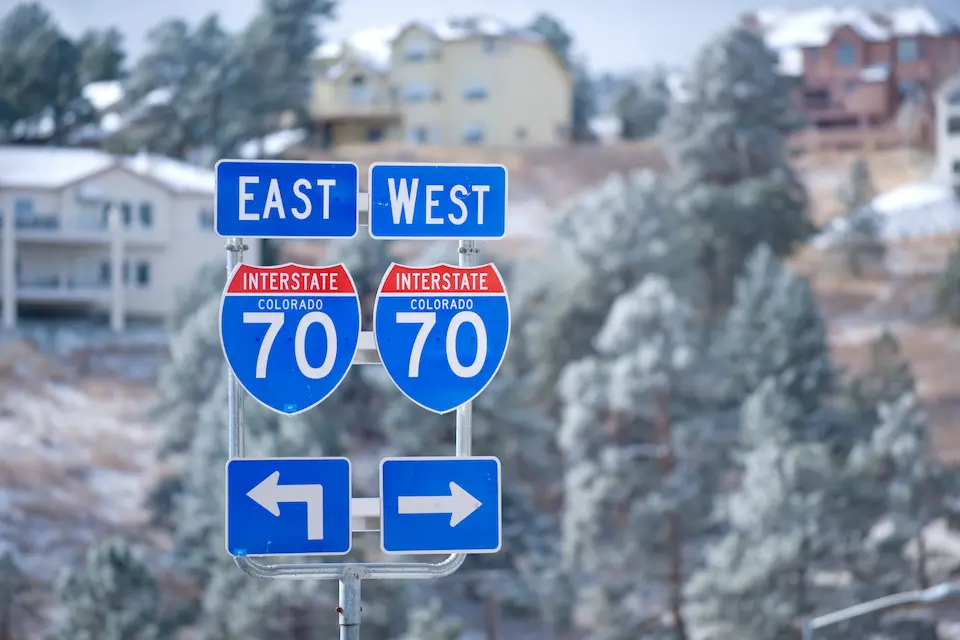
Waiting in Lines—and Cars
The 2024–25 season drew about 13.8 million skier visits—tied for Colorado’s third-busiest season ever. On the national stage, U.S. resorts recorded 61.5 million visits, the second-highest total in American history. It’s official: the post‑COVID “bump” in skiing has become the new normal.
Colorado’s scenic mountain highways couldn’t keep up. During the Christmas holiday and President’s Day weekend, parking lots filled by 9 AM, and I‑70 traffic snarled for miles. CDOT tracked over 6,000 vehicles per hour through the Eisenhower Tunnel, prompting tunnel metering and multi-hour delays.
Epic vs. Ikon: The Pass That Keeps on Giving—and Crowding
The explosion of multi-mountain season passes—notably the Epic and Ikon programs—now accounts for nearly half of ski visits nationwide. Vail Resorts estimates 75% of its skier days stem from pre-purchased passes. With five Epic-affiliated Colorado mountains drawing roughly 40–45% of statewide visits, it’s clear the pass system is reshaping resort traffic.
Ikon resorts like Winter Park and Steamboat also drew massive attendance, but innovative capacity limits at A-Basin (combined with overnight parking reservations) offered an intriguing counterbalance.
Measures to Mitigate Congestion
Resorts and agencies tried numerous strategies:
- Snowstang buses and the Winter Park Express train offered alternatives to car commutes.
- Snow traction laws were enforced more strictly, reducing highway incidents.
- Paid parking tiers at key resorts incentivized carpooling and early arrival.
- A-Basin’s successful parking reservation system effectively curbed highway spillover.
These fixes partially reduced congestion but fell short on peak holiday demands, prompting questions about long-term capacity management.
The Legal Powder Keg: Liability on the Rise
A Landmark Legal Ruling
May 2024 marked a turning point: the Colorado Supreme Court ruled that standard resort waivers cannot shield operators from all negligence claims, especially when they breach specific safety statutes like the Ski Safety Act or Tramway Safety Act. This decision allowed an incapacitated girl’s lawsuit—originally dismissed due to a waiver—to continue, setting a precedent that resorts must be more accountable for their operational negligence.
Lift Safety Under Scrutiny
Just months later, a wrongful death suit was filed against Vail Resorts after John Perucco allegedly fell 25 feet from Breckenridge’s Zendo chairlift due to icy seating. The suit claims resort staff failed to:
- Clear snow and ice from the chair,
- Lower the safety bar,
- Notify the proper authorities within two hours.
This case may press the Supreme Court’s waiver ruling into real-world impact as it moves toward trial.
Broader Legal Themes
Other pressure points included:
- Avalanche‑related liability: In California, legal action was taken against Heavenly for allowing access in hazardous conditions, highlighting ski patrol’s role in guest safety.
- The Park City ski patrol strike, outside Colorado, underscored how labor disputes can seriously disrupt operations and expose liability vulnerabilities.
- A DOJ antitrust review of Alterra’s Arapahoe Basin acquisition ended without penalties, yet it flagged growing regulatory concern over market concentration.
- Class actions involving passholder refunds and environmental threats to resort expansions continued to expand the legal spotlight on industry practices.
Public Sentiment & Public Relations Hazards
Overcrowding Provokes Backlash
Locals and long-time skiers grew vocal about their frustration. Former Congressman Mary Bono complained that “Epic Pass…oh my God, those crowds. Epic lines,” citing safety concerns as slopes filled well past comfort levels. Similarly, posts featuring towering lift lines at Vail Chair 5, and clogged ski highway scenes circulated widely, driving national media attention.
Epic vs. Ikon in the Court of Public Opinion
Epic resorts frequently bore the brunt of criticism for overcrowding and staffing challenges. In contrast, Ikon-aligned resorts, with access caps and reservation policies (e.g., A-Basin, Steamboat), attracted less ire and, at times, praise.
Industry Apologies and Initiatives
Vail Resorts’ COO, Beth Howard, issued public apologies after chaotic early-season lines, promising improvements in lift flow and guest experience. A-Basin’s leadership, meanwhile, doubled down on messaging that limited access was the only way to preserve “The Legend’s soul”.
Safety Bar Debate Sparked by Tragedy
The December 2024 death of Donovan Romero at Keystone, after riding with the lap safety bar up, has spurred legislative interest in making bar usage mandatory. Currently, Colorado leaves lap-bar usage voluntary despite some claims and advocacy for a national move to “buckle up” on lifts.
Climate, Snow, Risk, and Pressure
The unpredictable snow cycle of 2024/25 put resorts between a rock and a hard place: open terrain early to alleviate crowd pressure and risk exposing hazards, or delay opening and risk concentrating guests. Although no serious incidents occurred, some guests questioned whether crowd-control trumped caution—a debate continuing into the offseason.
What Colorado Can Learn—and What Lies Ahead
Safety remains a shared responsibility: Fatalities dipped slightly, but severe injuries continue to occur. With limited data, resorts rely heavily on internal policies and capacity rules, yet high‑risk incidents still happen.
Legal accountability is increasing: The Supreme Court’s waiver ruling and the Breckenridge lawsuit emphasize that negligence—especially in regulatory breaches—will face greater scrutiny. Resorts are likely reevaluating waivers and revising operational protocols.
Crowding is a persistent challenge: Snow lovers flocked to Colorado like never before, but car queues on I‑70 and lift bottlenecks eroded goodwill. The epic/Ikon paradigm has created both accessibility and friction, and local pressure to balance growth with experience.
Public pressure is prompting change: Visibly frustrated skiers, bold media coverage, and guest-driven movements (like the lap-bar campaign) are pushing resorts to act. How far they go in addressing concerns may define guest loyalty and legal exposure in the coming years.
Striking the right balance: Colorado’s mountains remain a cherished playground. The 2024–25 season showed the potential and the pressure that come with growth. For the industry to thrive, it must reconcile popular demand with robust safety, legal resilience, and guest satisfaction. Those who get it right may help define what the next era of skiing looks like.
Final Takeaway
The 2024–25 Colorado ski season was remarkable, flourishing in popularity, but also revealing cracks in infrastructure, safety, and legal armor. As we head toward 2025–26, keep an eye on capacity controls, lap-bar regulation, and operator liability. The mountain demands responsibility, and those who manage it best will lead the terrain.

